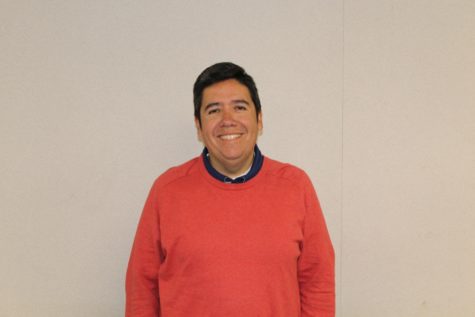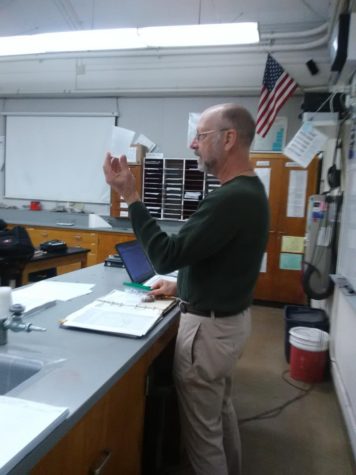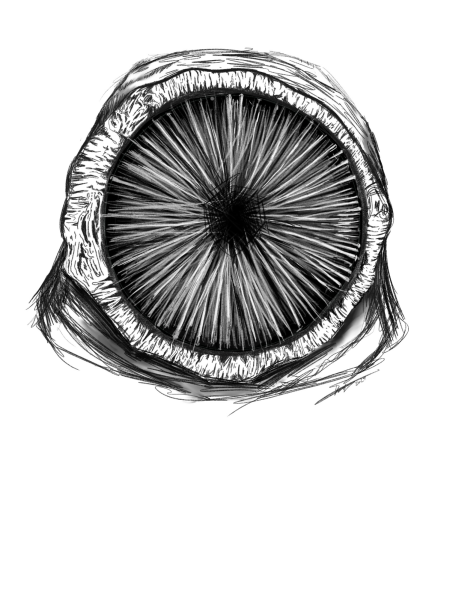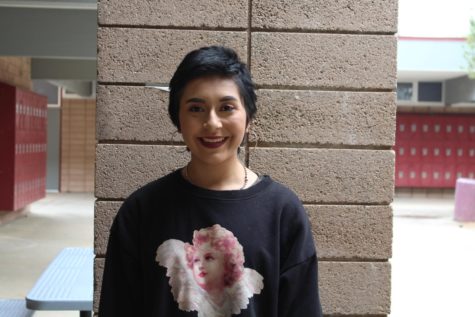Claremont Plants Hope in its Decaying Trees With Public Artwork and Displays
During the past few months, wildfires and droughts have ravaged their ways across Southern California. In particular, the dry spell has affected everyone, and the state has passed a variety of rules to stop it. Claremont has not been an exception, especially due to the amount of trees. Specifically, according to the Inland Empire “Daily Bulletin,” over 1,600 trees in and around Claremont are imperiled and in need of a better water source. Especially for long-time Claremont residents, losing these trees would be damaging to the Claremont legacy.
In fact, as stated in the “Claremont Courier,” the city removed 64 trees just this September. Primarily, these trees were removed due to concerns about danger to the nearby roads, houses, and power lines, yet the drought was still an underlying cause. The progressive removal of these trees has distressed many residents, and a new system to help these trees will be a major concern for the future. Many CHS students have been noticing the effect, including sophomore Luke Hoeg.
“I remember a little over a year ago, Claremont was much more lush and green, but now it seems like the plants have just vaporized into the hot air,” Hoeg said. “The drought has affected everyone, especially because of the heat.”
This tree crisis has even come to the Claremont City Council. In recent years, the designated space for a tree immediately in front of City Hall has had two major replantings. For a long period of time, a Red Ironbark Tree stood in front of the building, however it had to be removed in 2015. Another Camphor tree was then planted, but it was the tree’s death that prompted Claremont to decide to make a change. Claremont ultimately decided to install a tree-trunk inspired sculpture, which will be completed in the coming months. Surprisingly, the city also decided to make this art piece a permanent installation. Many on the city of Claremont representatives were very impressed with the 11-foot tall stainless steel statue and felt it posed a great value for the city. The board hopes that the piece will become iconic for the city and believes it is able to represent Claremont in its past, present, and future.
However, not everyone on the board was so excited for the statue. Many people felt the statue did not fully epitomize the name “City of Trees and PhDs.” Some CHS students, including sophomore and city of Claremont employee James Settles, were also not in support of the art piece.
“I’m thinking it will cost a lot of money which will take away from other things in Claremont, so we should just plant a tree,” Settles said. “I’m thinking even if we can’t plant a tree, we should just get a five or 10 thousand dollar art piece instead of spending that much.”
Nonetheless, the city has begun the 12-week assembly process. Hopefully, the statue will be able to maintain the Claremontian legacy of trees, without the cost of maintenance or the worry of drought. Residents will be able to see the statue and picture Claremont’s past and see the beauty that Claremont has always had and will continue to have.
Hello there! Our goal is to provide relavent, engaging journalism for readers of all ages. Your donation will support the student journalists of the Wolfpacket at Claremont High School, and will allow us to purchase equipment, print our monthly issues, and enter in journalism competitions. We appreciate your consideration!

Jaden Clark is a senior attending Claremont High School. It is his third year on the Wolfpacket, and he is currently an Assistant Editor-in-Chief. Clark...














